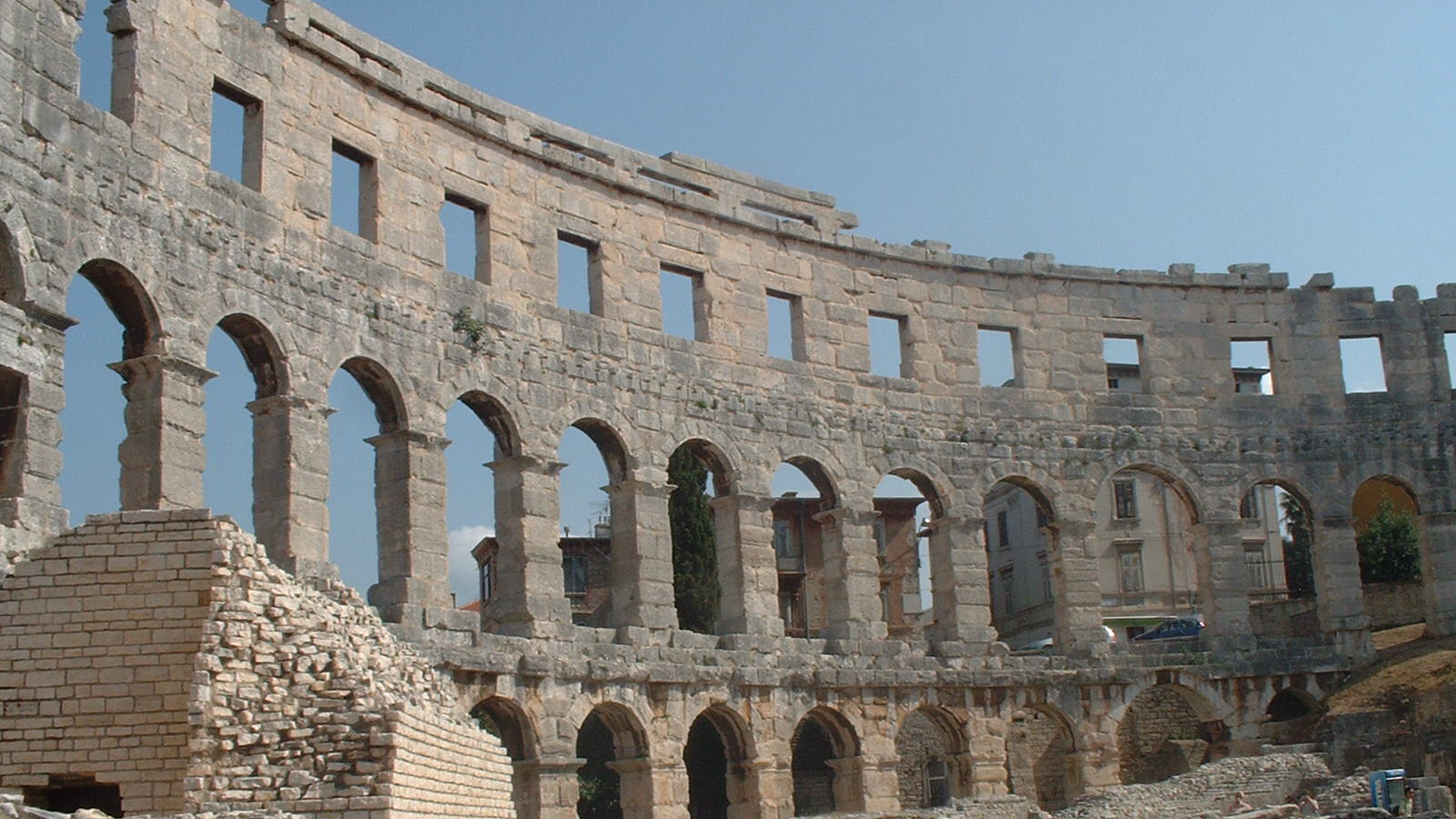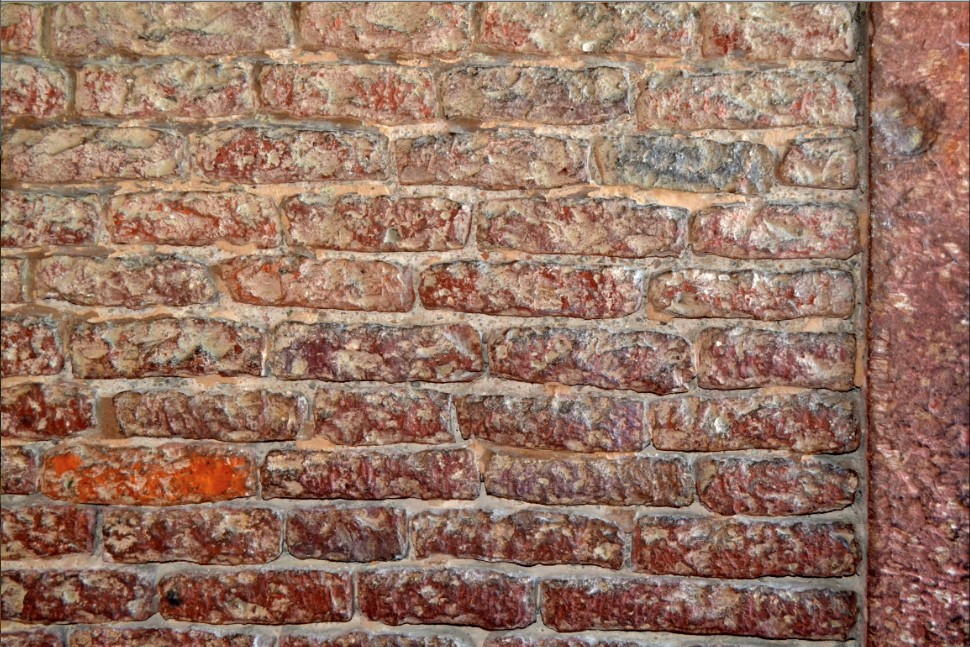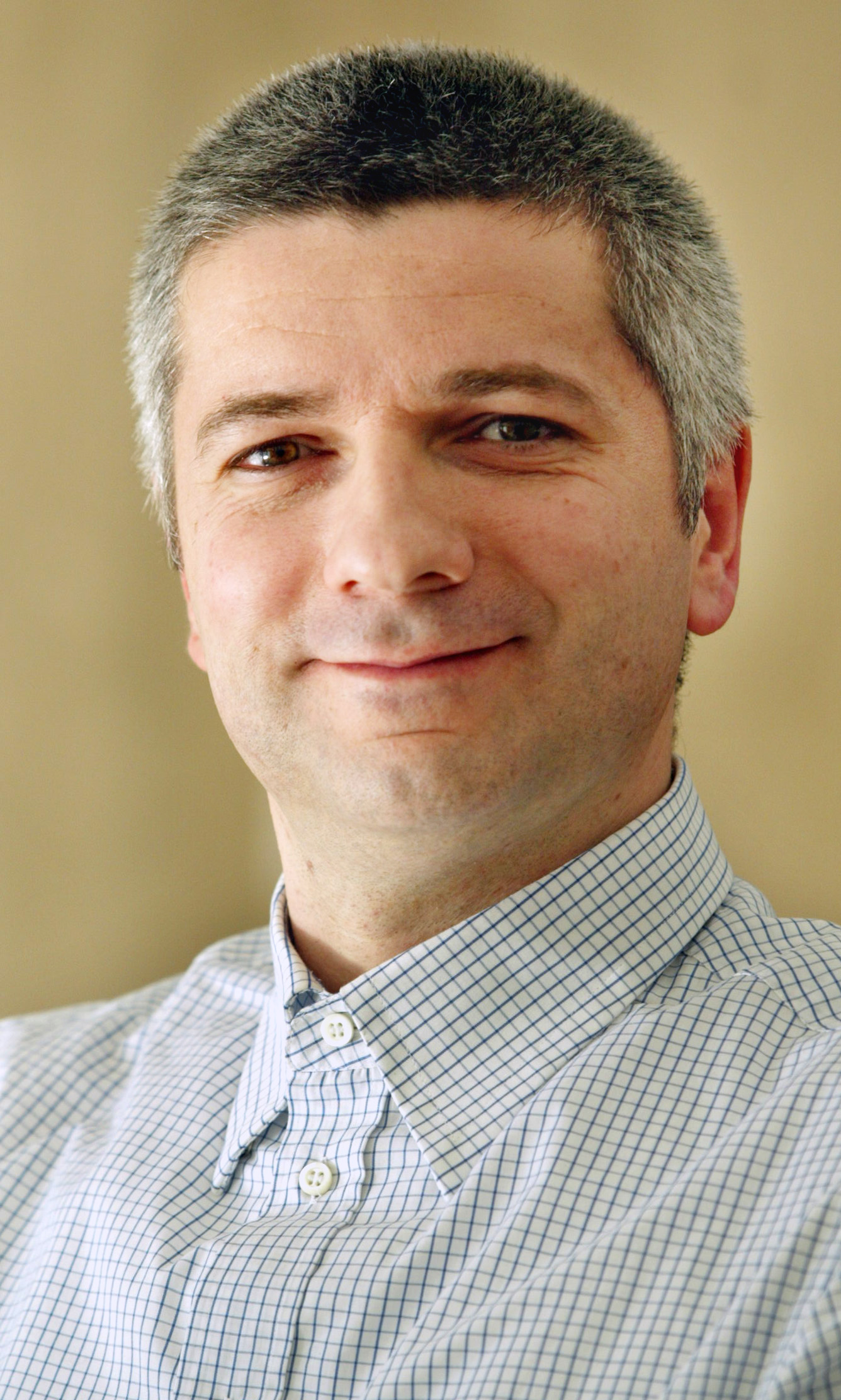

 |
| Research |
| Teaching |
| HSL Facility |
| People |
| Publications |
| Contact |

For Structural Health Monitoring Lab click here Welcome to Heritage Structures Lab |
|
"The past is a foreign country: they do things differently there." - L. P. Hartley Historical structures – such as old bridges, monuments, and sacred buildings – represent an important part of cultural legacy. Regardless whether they are still standing, in or out of function, partially or completely collapsed, historical structures represent important milestones in human engineering, scientfic, economic, and social evolution that left an everlasting impact on societies. Among modern structures, there are those that stand out for their scientific, social, and symbolic aspects (referring to structural efficiency, economy, and elegance, respectively), and thus qualify for the title of structural art. As such, these structures are leaving an everlasting impact on societies. |
|
Both historical and modern structural-art structures are characterized by a social and multi-dimensional impact, and thus the can be considered as invaluable human heritage, hence we call them heritage structures. In addition to their cultural, aesthetical and societal impact, still-standing heritage structures have shown particular resistance against natural and man-made hazards; thus, they significantly contributed to the overall resilience of societies. Holistic analysis of heritage structures leads to insights of their superior performance, results in lessons-learned for future designs, and provides indications on how they can be preserved or enhanced. However, some heritage structures were partially or completely destroyed over time, and while their full apperance and function ceased to exist, their heritage did not; hence, there is a need for their structurally sound reconstruction through a holistic, multidisciplinary approach. |
|
| For more information, please visit our research and teaching pages. | |
NEWS, EVENTS |
||
|
||